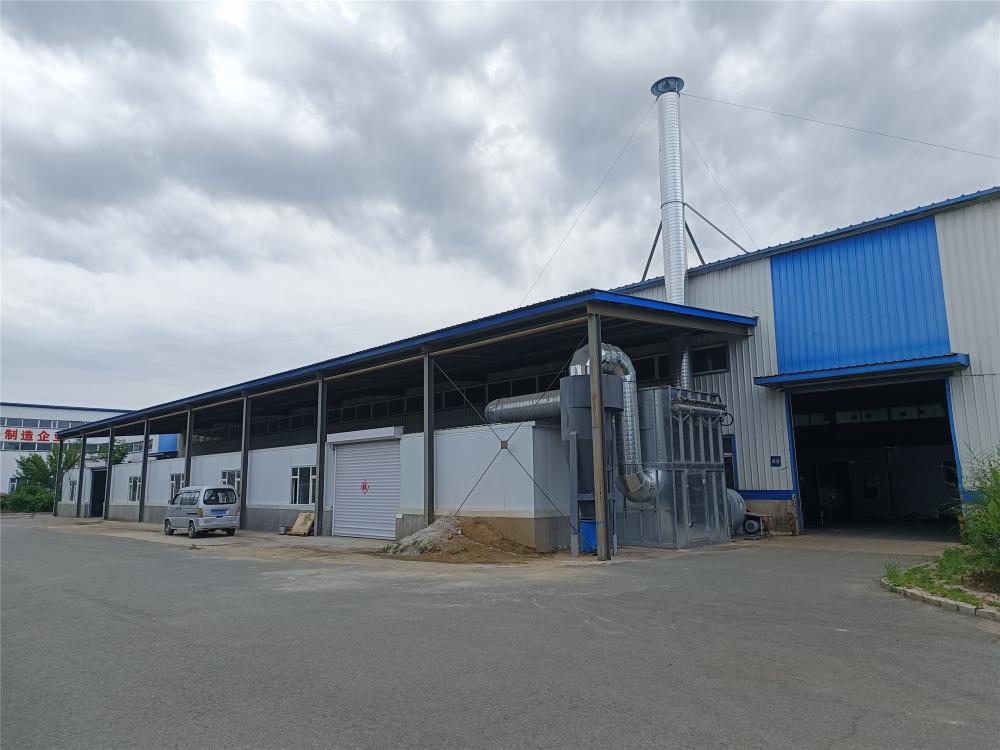adjusting bolt
2 year ago
Overview: Mechanical parts, cylindrical threaded fasteners equipped with nuts. A type of fastener consisting of a head and a screw (cylinder with external threads). It needs to be matched with a nut and is used to fasten and connect two parts with through holes. This type of connection is called a bolt connection. If the nut is unscrewed from the bolt, the two parts can be separated, so the bolt connection is a detachable connection.
Classification of bolts: According to the force-bearing method of the connection: ordinary and reamed holes. According to the shape of the head: there are hexagonal head, round head, square head, countersunk head, etc. Among them, the hexagonal head is the most commonly used. Generally, countersunk heads are used where connections are required. The English name of riding bolt is U-bolt. It is a non-standard part. It is U-shaped so it is also called U-bolt. It has threads at both ends and can be combined with nuts. It is mainly used to fix tubular objects such as water pipes or sheet objects such as car plates. Spring, because it fixes objects in the same way as a person riding on a horse, it is called a riding bolt. According to the thread length, it is divided into two categories: full thread and non-full thread. According to the thread profile, it is divided into two categories: coarse thread and fine thread. The coarse thread profile is not shown in the bolt mark. Bolts are divided into eight grades according to their performance grades: 3.6, 4.8, 5.6, 6.8, 8.8, 9.8, 10.9, and 12.9. Among them, bolts above grade 8.8 (including grade 8.8) are made of low carbon alloy steel or medium carbon steel and have been heat treated (quenched). + tempering), commonly known as high-strength bolts, and those below grade 8.8 (excluding grade 8.8) are commonly known as ordinary bolts.
Ordinary bolts can be divided into three grades: A, B, and C according to their production accuracy. Grades A and B are refined bolts, and grade C is rough bolts. For connecting bolts for steel structures, unless otherwise specified, they are generally ordinary rough C-grade bolts. There are differences in the processing methods of different grades. Generally, the corresponding processing methods are as follows: ① The bolts of grade A and B bolts are processed by lathes. They have smooth surfaces and precise dimensions. Their material performance grade is 8.8. The production and installation are complicated and the price is relatively high. High, rarely used; ② Class C bolts are made of unprocessed round steel, the dimensions are not precise enough, and their material performance level is level 4.6 or 4.8. The deformation is large during shear connection, but it is easy to install and has low production cost. It is mostly used for tensile connection or temporary fixing during installation.
Application: Bolts have many names, and each person's name may be different. Some people call them screws, some people call them bolts, and some people call them fasteners. Although there are so many names, they all mean the same thing, they are all bolts. Bolt is a general term for fastener. Bolt is a tool that utilizes the physical and mathematical principles of the object's inclined plane circular rotation and friction to gradually tighten the device. Bolts are indispensable in daily life as well as in industrial production manufacturing. Bolts are also called the rice of industry. It can be seen that bolts are widely used. The application scope of bolts includes: electronic products, machinery products, digital products, power equipment, and electromechanical machinery products. Bolts are also used in ships, vehicles, water conservancy projects, and even chemical experiments. Anyway, bolts are used in many places. Especially precision bolts used in digital products. Micro bolts used in DVDs, cameras, glasses, clocks, and electronics; general bolts used in televisions, electrical products, musical instruments, furniture, etc.; large bolts and nuts used in engineering, construction, and bridges; transportation equipment, airplanes, trams, and automobiles etc. Use both large and small bolts. Bolts have an important task in industry. As long as there is industry on the earth, the function of bolts will always be important.
Bolt inspection: Bolt inspection is divided into two types: manual and machine. Manual is the most primitive and most commonly used method of consistent detection. In order to minimize the outflow of defective products, generally production company personnel visually inspect the products to be packaged or shipped to eliminate defective products (defective products include tooth damage, mixed materials, rust, etc.). Another way is to use machines Fully automatic inspection, mainly magnetic particle inspection. Magnetic particle inspection uses the interaction between the leakage magnetic field and magnetic particles at bolt defects to target possible defects in bolts (such as cracks, slag inclusions, mixed materials, etc.) and the difference in magnetic permeability of steel. After magnetization, these materials are discontinuous. The magnetic field at the location will undergo rugged changes, forming a leakage magnetic field on the surface of the workpiece where part of the magnetic flux leaks, thereby attracting magnetic powder to form magnetic powder accumulation at the defect - magnetic marks. Under appropriate lighting conditions, the location and shape of the defect will be revealed. The accumulation of these magnetic particles is observed and interpreted to achieve the purpose of eliminating defective products.


Similar Video Recommendation
You May Also Like
If you are interested in the product, contact Bossgoovideo.com for more information
- *To:
- Jilin Zexin Industry Development CO., LTD.
- *Message:
-
Submit
Main Product:
Assembly Parts for Rail Car,
Structure Parts of Rail Car,
Metal Mount ,
Junction Box,
Metal Mounting Strip,
Metal Hanging Plate
You May Also Like



















